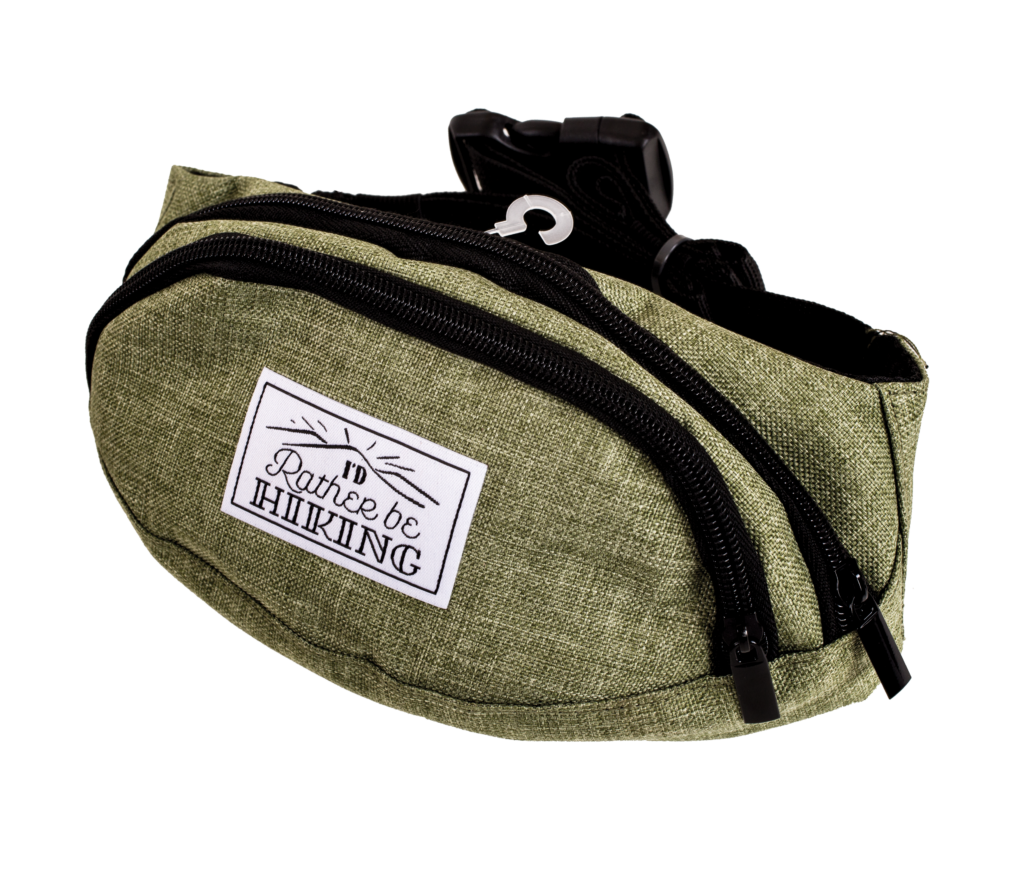Impact Photographics
Your Premier Souvenir Wholesale Partner
As one of the United States’ largest souvenir wholesalers, Impact Photographics is your go-to partner for high-quality, customizable souvenir products. We ensure that every customer finds the perfect products to make lasting memorable experiences for their visitors.
What Sets Us Apart
Providing Quality Products
Custom Product Design
At Impact Photographics, we believe in the power of customization. Our full-staff product design team is dedicated to helping you create products that reflect the unique charm of your specific location. Whether you need custom designs for postcards, stickers, posters, or other merchandise, we've got you covered.
In-House Production
Our in-house production department ensures the highest quality for all your printing needs. From postcards and stickers to posters and more, we offer custom printing on a wide array of products, allowing you to provide personalized souvenirs that stand out.
Global Manufacturing Partnerships
Thanks to our strong relationships with manufacturers from right here in the USA to overseas, we are able to offer a diverse and expansive product range. This allows us to meet your unique needs with competitive pricing and unmatched quality.
Get In Touch
Ready to elevate your store offerings? Contact us today to learn more about how Impact Photographics can help you provide unforgettable products for your visitors.
Delivering Memories,
Adventure, & More
From keepsakes to collectibles, Impact Photographics offers an extensive selection of high-quality products that cater to every visitor’s taste.






Impact Photographics
